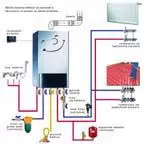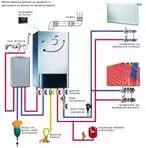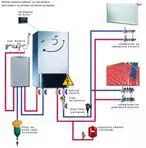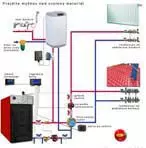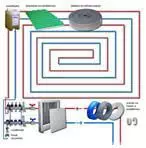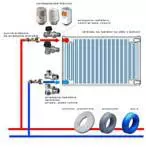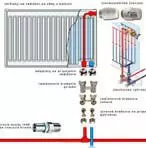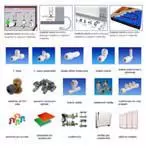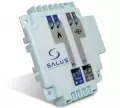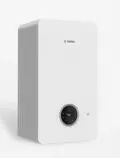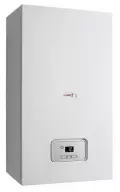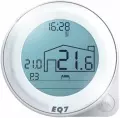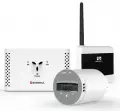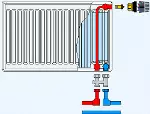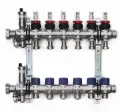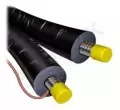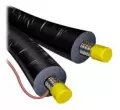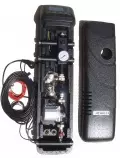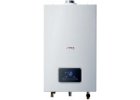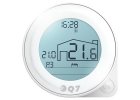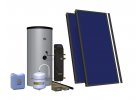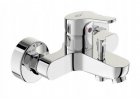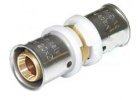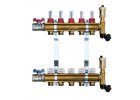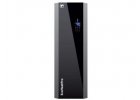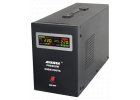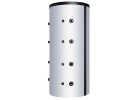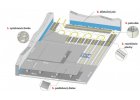bus
Bus communication is a way of transferring data and information between multiple devices or nodes (for example, computers, sensors, actuators, sensors) in computer systems, automation systems and other similar applications. This kind of communication is based on sharing a common communication channel, called "bus".
The main goal of bus communication is to enable efficient and reliable exchange of information between different devices. The advantage of using bus communication is that it allows multiple devices to be connected to a single communication channel, which reduces costs and simplifies installation.
There are several types of bus communication, each of which has its own specific characteristics and uses. Some of the most well-known and commonly used types of bus communications include:
CAN (Controller Area Network): Mainly used in the automotive industry to communicate between various electronic systems of the vehicle, such as engine control system, brake system, airbags, etc.
Ethernet: This is a widely used communication protocol in computer networks that allows the exchange of data between computers, buttons and other devices.
Modbus: Used in automation systems and allows communication between devices from different manufacturers.
Profibus: Used mainly in industrial environments for communication between different elements of automation systems.
USB (Universal Serial Bus): Used to connect peripheral devices to computers, such as keyboards, mice, printers, flash drives, etc.
SPI (Serial Peripheral Interface): A simple and fast serial protocol for communication between microcontrollers and peripherals.
Each type of bus communication has its advantages and limitations, and the choice of a specific protocol depends on the specific application and requirements for communication between devices. Bus communication is of key importance in automated systems and enables fast, reliable and efficient exchange of information between devices.













